may those who defy their fate be granted glory.
please watch my obscure early 2000s magical girl anime
The first time I finished ‘Princess Tutu’, it was a bittersweet tale about redemption, true love, and the cruelty of a story that never ends. Then I watched it twice. Then three times. On that third re-watch, when Rue (The Raven) tells Fakir (The Knight) that he is unworthy of his title because “he couldn’t even die” (I’ll explain all this shortly), that’s when something clicked. This moment cracked the show open for me like a geode, revealing sparkling minerals and crystals of meaning.
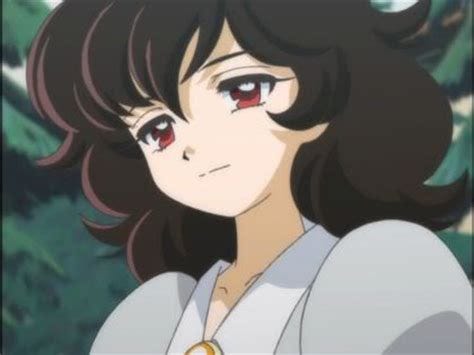
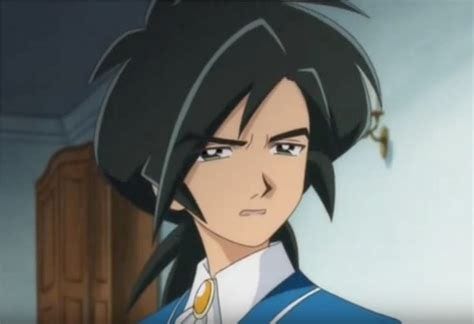
“Once upon a time, there was a man who died.”
That man is Drosselmeyer, the author of ‘The Prince and the Raven’, who died long ago before ever being able to finish his tale. Trapped in a story with no ending and therefore doomed to repeat it for eternity, the Prince and Raven eventually tire of this cycle and escape into the real world. The Prince, having shattered his heart to seal the Raven away, now walks the earth with no soul, unable to feel. The Raven remains sealed away, but has found the perfect human vessel through which to make his return and enter the human realm. Enter three new characters: Ahiru/Duck (who later becomes Princess Tutu), Fakir, who looks after the wandering and hapless Mytho (canonically named Siegfried in the story and the ‘Prince’ in question), and Rue: The little girl that The OG Raven has adopted as his daughter.
This story was meant to be a tragedy, but these characters don’t intend for it to end that way.
“ ‘This is great!’ said the man who was supposed to have died.”
Hopefully that spiel convinced you to start the show (it’s only 26 half-hour episodes), because there are many, many spoilers ahead. I don’t think they necessarily ruin the experience of watching the show for yourself because they still require layers of context, but it’s more fun when certain things are a surprise!
Let me ask you a question: can Prince Mytho—based on everything that I have just told you— ever truly love?
By the end of the series, we are essentially told that Rue and Mytho are meant for each other, and we assume that this means he loves her. She takes her place as the true ‘princess’ figure of this story and runs off to marry her fairytale prince, but something’s…off.
Mytho says as he’s about to marry his beloved that the reason he’s chosen her is because she loves him. There is no clear, explicit confirmation that he loves her back. Just that she loves him, and that in a previous episode he declared that he wanted to save her. Sure, they get their happy ending, but the implications of this omission are enormous. Like Drosselmeyer, rubbing his hands together as he watches through turning gears, I see the beginnings of a great tragedy that we’ll likely never see play out on screen. A happy ending depends on where you end the story, I guess.
Mytho–as his name suggests–is the only character aside from OG Raven who comes from the original ‘Prince and the Raven’ story. He was never born to two parents and was never a child; he also does not age. Mytho was written into existence because the story needed a Prince Charming. He is not a human being forcibly inhabiting a role in this fictional narrative, he is the narrative. Fiction itself. He’s the driving force that motivates everyone else to take action: to bring him joy, to protect him, or to possess him.

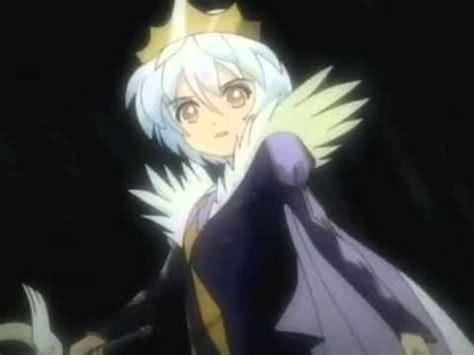
One could argue that the entire plot of ‘Princess Tutu’ is the result of what each main character has projected onto Mytho. In other words: what they want from the narrative. Rue wishes to redeem herself, whom she deems corrupted and unlovable, by keeping her prince by her side at any cost. Fakir is attached to him because if he can’t protect anything else (his town, his parents), then by god he’ll protect his childhood friend. If not the valiant knight, then who is he? And while Princess Tutu’s motivations are presented as largely selfless (she wants him to have feelings and autonomy regardless of whether he reciprocates her love, which require him to have his heart returned), the nature of Mytho’s existence within the context of the show’s logic calls into question whether she is projecting onto him as well: Projecting a desire to be human, perhaps?
Hopefully you’re starting to see the pattern here.
Did you know? Characters aren’t people.
YouTuber and screenwriter LocalScriptMan puts forth this viewpoint in a number of his videos where he explains how he goes about building compelling characters and satisfying story arcs, and it has partially informed how I look at fiction. What he means is this: characters do not (necessarily) embody the truly random and irregular nature of human beings IRL. If they did, you’d get a pretty unfocused and chaotic story where people do shit just because, and where events happen because they just…do. They are representations of human beings that either do things or have things done to them because the author made that choice.
Cinderella doesn’t end up with Prince Charming because they got to know each other and found that they were actually super compatible - they end up together because the life of a princess is her narrative reward for still choosing kindness in the face of years of abuse. Cinderella is not written to have a complex personality because the most important thing about her is that she’s a good person. Likewise, we don’t know anything about the equally-flat Prince Charming because the most important thing about him is that he is the vehicle by which Cinderella escapes an abusive home situation. The minute details of their relationship pre- or post-marriage are not relevant after the book closes, because so-called ‘realism’ isn’t the point.
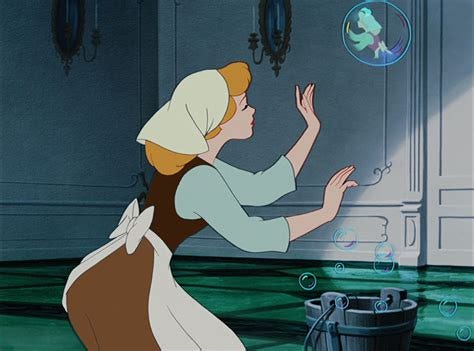
In a meta sort of way, Mytho’s capacity for genuine human love, therefore, stops being relevant after the credits roll (this is where fanfiction often comes into play). Rue is Cinderella; Mytho–AKA the mythos, AKA the narrative–rewards her for overcoming the abuse of her father despite all that she’s done. He’s a symbol of her redemption, just like Prince Charming.
(Editing note 12/01/2024: now that I think about it, Mytho’s role in Princess Tutu’s story kind of makes him a sort of Christ-like figure. Another staple of Western storytelling.)
Being both a symbol for the narrative and a player within it, Mytho/Siegfried brings about the development of the rest of the cast: Princess Tutu comes to terms with just being a duck - Just being Ahiru, and that being enough. Fakir finds his calling not in being the hyper-masculine, valiant knight that saves the day through brute force, but by harnessing the power of his imagination to bring about a better world that doesn’t require death and tragedy for tragedy’s sake. Unlike Mytho, in the world of the show these characters are people (or I guess people and sentient animals); They are not meant to be tragic, narratively-satisfying stock heroes - they are regular beings (as regular as you can get on this show) that are trying their best to do good and end up putting on ill-fitting costumes because they believe they aren’t enough on their own.
Here’s another question: why of all things does Ahiru become Princess Tutu, and Fakir the Knight? As in, why do they choose those roles specifically when there are a multitude of ways to accomplish their respective goals? The answer lies in the characters’ core beliefs about themselves:
Ahiru dreams of dancing with Mytho after returning his heart to him. In order to do either of those things, she believes she must be a human with human legs (this proves to be false later on), so she agrees to become a girl. In order to dance with Mytho, she believes she must be good enough to be worthy of his partnership. And in order to be worthy of being his partner, she must become the perfect woman.


The differences are made subtle by the art style of the show, but when Ahiru transforms into Princess Tutu, her body also transforms. She inhabits the body of a more mature version of her human self, with a more level speaking voice approaching that of an adult woman - devoid of all of her usual quirks and her nasally tone. Her hair is tied back in a neat ballet bun rather than the usual Pippi-esque braid, and she dances with the grace of someone with far more experience (and muscle development). Princess Tutu out-dances and comforts her enemies into submission with a quiet poise. Unlike Rue as Raven–the ‘bad’ woman–she does not demand, force, or even politely ask for the affection of her prince (doing so would also prove fatal, but that’s not the point). In her ‘magical girl’ form, Tutu embodies ideal womanhood.
On the flip side, Fakir for the majority of the series is the perfect soldier at the ripe age of fifteen years old. He doesn’t say he’s scared of losing his friend - he gives Mytho orders to isolate himself with no explanation, exerting a level of control that occasionally spills over into verbal and physical abuse (trigger warning for that - it’s not insanely egregious but yikes nonetheless). He’s a stoic, brooding type who appears on the outside to be devoid of passion; he doesn’t even appear to enjoy dancing. Fakir sacrifices forming any sort of relationship with his peers in order to fulfill his role to perfection; he noticeably has no close friendships, something that even the awkward Ahiru manages to achieve. To focus on anything other than protecting his ‘damsel in distress’ and fending off The Raven is to be distracted (yes, I am in fact arguing that Mytho embodies this archetype throughout the first season). Even more fitting that in order to keep The Raven sealed he must keep Mytho from regaining his heart, and therefore his emotions. To become The Knight, Fakir believes he must become the ideal man. With this framing, it is incredibly satisfying for him and Ahiru to find solace in each other once they finally leave these roles behind.
(Second editing note: I think while watching the show with a critical eye you’ll notice that Fakir’s character parallels both Princess Tutu and Rue.)
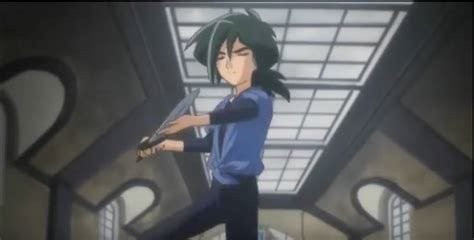
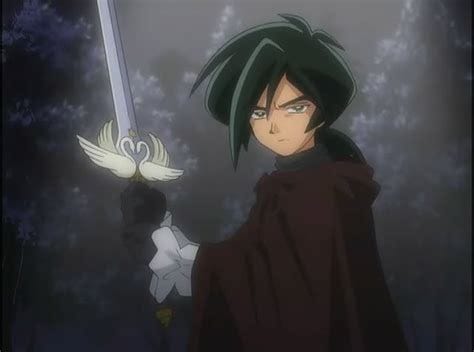
And so the geode cracks open.
There are a lot of other things that this show has me thinking about: the androgyny of Mytho’s character design (perhaps further communicating how he plays both feminine and masculine-coded roles throughout the story), how Fakir being the only visibly SWANA-coded character shown consistently onscreen impacts how I read the series, the potential for the show to also be read as a trans narrative, and Drosselmeyer being a stand-in for a voyeuristic audience. But for now I just really need more people to watch this show. It’s visually pleasing with a lovely soundtrack (majority of it being from various ballets), and a unique aesthetic. It was my first anime and one of my favorites to this day! Just ignore the weird cat guy.
Thanks for reading :)

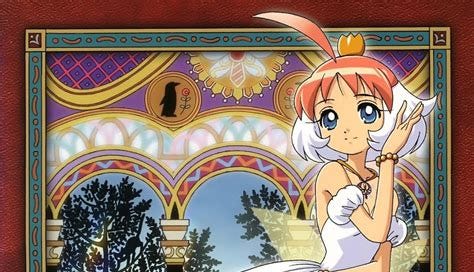


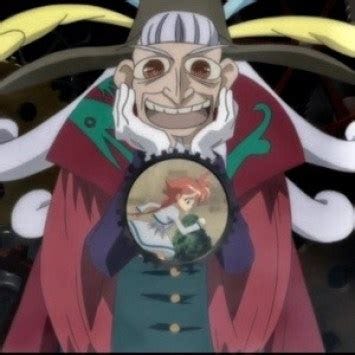
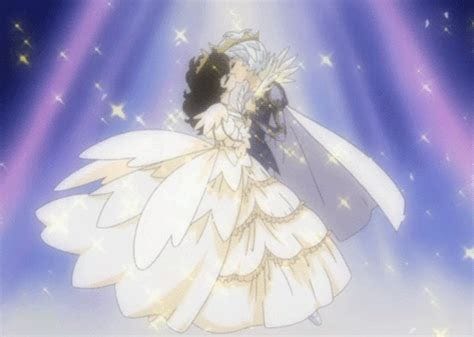
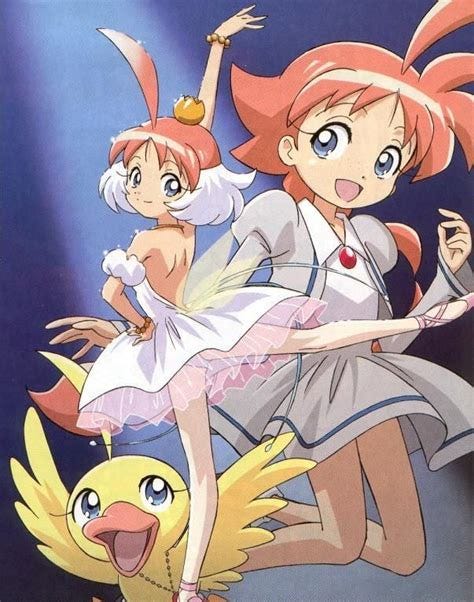

have u heard of the game ‘slay the princess’? i think u might rly enjoy- has some elements of narrative vs character tension that r maybe similar. & it’s a choose your own adventure visual novel, so u don’t have to be into videogames to tap in rly
I love Princess Tutu and watched it for the first time over the summer as an adult. Such a great watch and a great read (your analysis).